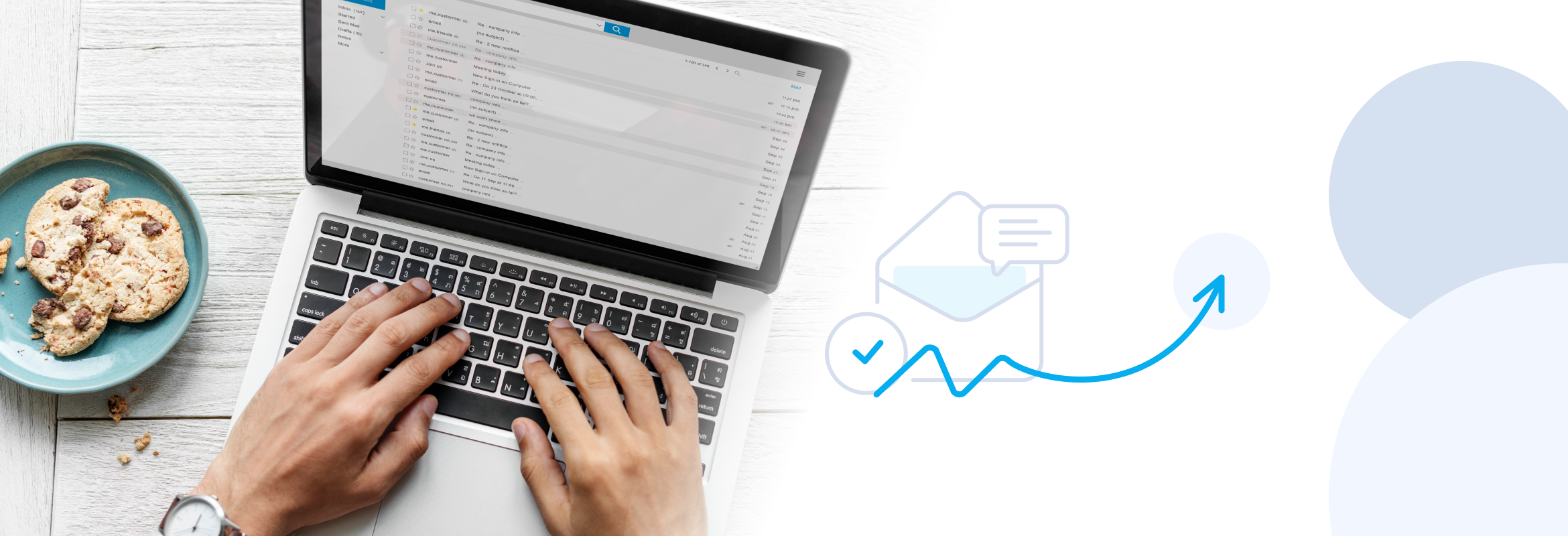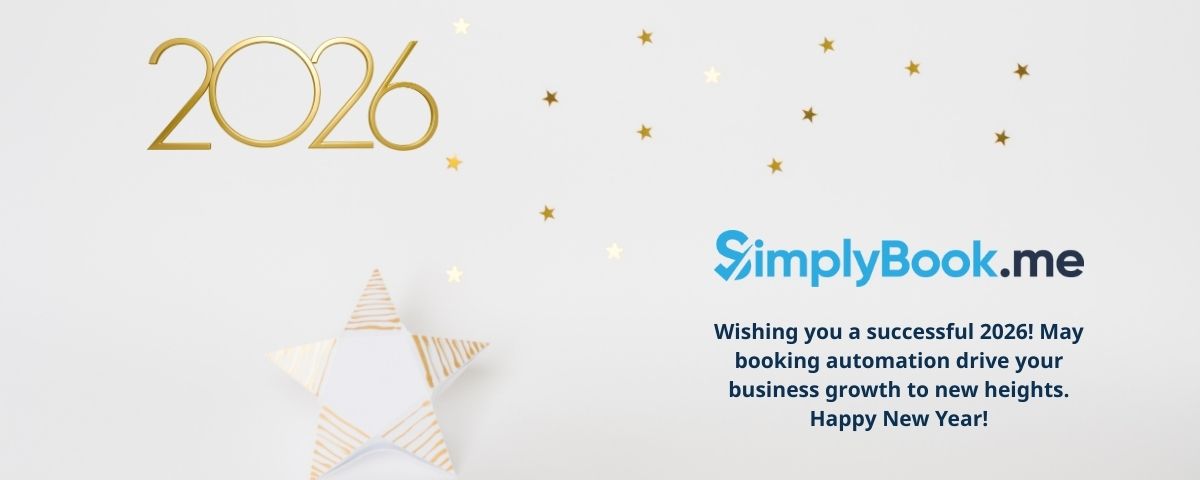Reengaging Lapsed Clients with Email: 7 Tips and Best Practices

This post is also available in:
![]()
![]()
![]()
No business owner likes to dwell on it, but everyone loses clients and customers over the year. It’s just a fact of life and business, but do you know what your attrition rate is? Sometimes, it isn’t easy to understand the clients you lose if you don’t know your specific numbers. And do you know if you have genuinely lost them, or perhaps they are just “inactive”? Reengaging with lapsed clients could mean anything from reminding them you are there to making an offer they can’t refuse.
How do you define “lapsed clients”?
What is a lapsed client for your business? Depending on your business model, what you provide, and how often clients “should” return will determine how you define a “lapsed” client.
Square defines a lapsed client as someone who has “made three purchases within a six-month period, but haven’t returned in the last six weeks.”
For some businesses, this does not mean your client has lapsed. Life happens, and sometimes your clients aren’t available/have the funds/need your services within that six weeks (delete as applicable). It doesn’t mean they have gone or forgotten about you. You need to define your lapsed clients by the repetition that your business model recommends.
For example, a personal trainer might recommend a minimum of 1 training session per week or two weeks at a minimum. If a client regularly books a session to fit their schedule every week for three months and then skips three weeks, that might be a lapsed client. However, a beautician or cosmetologist might have the same client coming in for their summer/winter make-up refresher who buy bits of their stash over a few months and then don’t come back again until a special occasion or the following season.
Your specific definition of lapsed clients should determine who qualifies. When you treat all clients and customers with the same metrics, you’ll find some clients get fed up, while others do forget about you.
The crucial thing about defining your lapsed customers by their inactive time is that the longer you leave it, the harder it is to win them back. They are more likely to have found someone else.
Is it worth winning them back?
Yes! There is no argument about this. If you need to remind or incentivise your lapsed clients to come back, it is still better than letting them go entirely. However, sometimes this isn’t the case. You will need to evaluate your client lifetime value to determine if spending revenue to generate repeat business is worth it.
It is definitely worth attempting to keep a client than allowing them to drift away in most cases. You should always be aware that it’s more expensive to attract new clients than to keep an existing one. The exact figures vary between 5-7 times more expensive, but either way, it’s a lot more revenue going into your marketing budget to attract that new client.
7 Tips and best practises for winning back lapsed clients
You won’t catch all of your lapsed clients, and it’s crucial to understand what kind of lapsed client they are. The path to losing them can either be short and decisive or long and neglectful. The short route is usually pretty direct; they moved away, had a terrible experience, your business lost relevance to them, or maybe they even died (it happens). The long route is through gradual and decreasing relevance, client neglect, and poor retention strategies.
To keep track of your client attrition, it’s good practice to have a chronological time frame for your client contact and monitoring the engagement.
Timely reminders
When you define which customers qualify as lapsed clients, you can make sure you remind them before that time comes. Is your client due a trim or another training session? If they haven’t booked an appointment already, maybe it’s time to let them know they’re due.
Okay, this is more about client retention, but you could also call it preemptive reengagement, calling them back before they’ve had time to drift away.
If you already use SimplyBook.me, there’a a function for this in our custom features, Book Now Notifications.
Make it personal
Reengagement means going that little bit further than you do in your regular client interactions. There was a reason they began to disengage, so you need to make an effort to find their hot buttons for reengaging.
Personalisation is the key to building relationships with your clients. Don’t send a generic email – it won’t do anything to help your client retention and won’t improve your engagement metrics. Personal address and relevant content will make your clients link twice about moving to a competitor and entice them to interact with your email campaign.
Prompt a response
How do you know if your email reengagement campaign is working on your lapsed clients? You should be able to track engagement rates through your email service provider (ESPs such as MailChimp and Send in Blue). Usually, you can track open rate, engagement, bounce rate, and even conversion rate.
What response are you hoping for? If you are looking to make a sale, you want to prompt a purchase or a booking.
When you want to reengage with your lapsed clients, you don’t always want to push the “hard sell”. Sometimes, that’s the worst thing you can do. Other engagement prompts and associates CTAs ask for:
- participation in a short survey
- feedback and reviews
- invite the client to a webinar
- direct to an informative/entertaining/educational blog post.
These might not be sales, but if your client is still engaging, you still have the chance to get them back. Moreover, if your stats say that clients are opening and engaging with these emails, they aren’t lost; they’re just currently dormant.
Reward loyalty
If you run a loyalty scheme, and your lapsed clients are a part of that program, it’s the perfect vehicle for prompting these clients to come back. Gentle reminders about the sum of points in their account, which they can redeem against their next appointment, are engaging. Maybe an invitation to a “Double or Triple Points” event day or week would be a deciding factor? Reminding clients of their previous loyalty and the benefits they received from your business could make them reconsider shifting away from you.
You can even add a few points or stamps to their account to entice them back.
Create a campaign for reengaging lapsed clients
At the point when lapsed clients have almost disengaged, you need to increase your efforts. This is when you need a full campaign to win them back. Make it about winning back your clients, and detail what you have to offer over any other competitor.
Make them an offer they can’t (don’t want to) refuse
When you reach the point of making an excellent offer that your clients don’t want to pass up, you are in “last resort” territory. You can make the best offer in your business arsenal, but don’t be tempted to offer anything that would damage your revenue stream. If it’s too good to be true, then it probably is not suitable for your business.
If this doesn’t work to bring them back to the fold, they have officially left you. And that’s okay. You already knew that there would be client attrition when you started your business. They may have found another provider that offered something a little bit different but works perfectly for them, and you can’t blame them for that.
Let clients set the tone of your relationship
By the time you have sent the “Mother of all Offers”, you either won back your client, or they went somewhere else. After your targeted email campaign, they are either ready to click the unsubscribe link, they have blocked you, or they aren’t in a position to take you up on your offers.
It’s time to let them go. However, if they are still engaging with your email content, forwarding your emails, and saying good things about you on social media, they could well come back. But nothing you do now will do it. the return of the client will be entirely on their timetable.
The quote is just as valid for business relationships as it is for interpersonal ones.
“If you love someone, set them free. If they come back, they’re yours, if they don’t, they never were.”
Richard Bach
At this point, you are just waiting for them to block you or unsubscribe from your mailing list. If your clients do unsubscribe, let them know they have options. They needn’t unsubscribe entirely; perhaps you can let them set their contact settings to once a month to avoid inundating their inbox or tormenting them with fantastic offers they can’t use.
If your lost clients do decide to unsubscribe and disengage fully, ask them why. Make it a part of the unsubscribe process to ask them why they don’t want your services anymore. It will be a valuable learning experience.
What comes next?
Track your unsubscribed clients and make sure they have been removed from your mailing list. Nothing is sure to get your mails tagged as spam than continuing to send mailshots after a client has unsubscribed. Check your ESP and remove the undeliverable and unopened email addresses from your list. If they’re not getting opened, the receiver is not interested, and you can’t convince them of anything.
You can learn from the emails that received engagement, those that resulted in a reengaged client, and those that ended in a successful sale. Try to repeat or improve on that success in the future.
In summary: Reengaging Lapsed Clients
Define what your business means by lapsed clients. Don’t let your reengagement process get to the point of losing the client before you even start. Be proactive in keeping your clients engaged; if that means giving them a little nudge, then so be it.
Use prominent CTAs to prompt a response from your email recipients. Even if they aren’t buying or booking with you, they might still want to engage with you.
Remind your clients how good they had it with you, the benefits and what might have prompted their loyalty in the past. When you show them the benefits of what they get from you as a loyal client, they are more likely to want to stay with you than start again with another provider.
Save your “big guns” for your final push. Don’t show your “final offer” too early because it will become an expectation. Clients who repeatedly only come back when you roll out the huge deal are not valuable lifetime customers. Use persuasion and engagement to get your clients back first. Those who come back with influence are far more valuable and ultimately loyal.
Don’t be afraid to let go. Sometimes you and your client are no longer in the same place, and that is okay. Your business and your clients evolve through the lifetime of your company. Nothing ever stays the same and survives.



Comments
2 comments